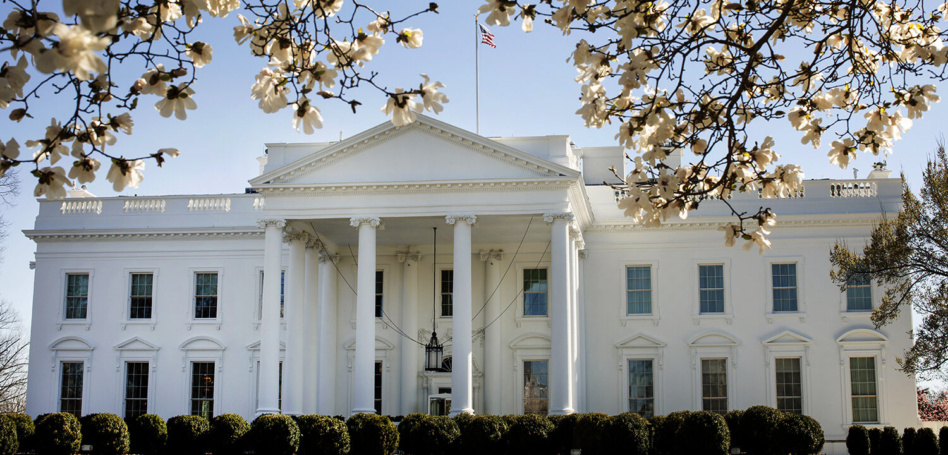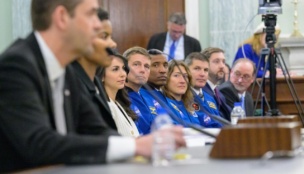The next president must boost US capabilities in space to keep pace with China—and Congress should step up and foot the bill, according to a collection of papers released yesterday by a think tank within the National Security Space Association.
The papers—a follow-on to four papers released in August—are intended to be a blueprint for the incoming administration to win the space race with Russia and China. They offer an argument for increasing America’s defense posture in space, as well as a detailed plan to ensure the nation doesn’t lose its technological edge.
Winning the race: “The United States lacks a comprehensive long-term strategy to protect our interests against Chinese aggression in, from, and to space,” Gregory Pejic, an NSSA board member and the former deputy assistant secretary of defense for space policy, wrote in the paper.
The next US president must conduct a review of the country’s space posture, issue a new National Security Space Strategy, and refocus the DoD and intelligence community to make this vision a reality, according to Pejic’s recommendations.
He argued the proposed national space posture review should take the widest possible scope.
- The president should review all national security space operations within the DoD and intelligence communities.
- The review should cover all traditional space missions, offensive and defensive capabilities, enabling capabilities (for example, launch, command and control), and data analytics services.
- It should focus on the full gamut of space operations: in orbit, cislunar space, and supporting ground systems.
- Lastly, it should be augmented by independent, long-term analysis of trends and risks regarding the US military’s capabilities compared to China’s.
Paying for it: Crucially, the think tank pointed out that US space dominance can only be accomplished by closing budget gaps.
“Adversarial advancements, particularly from China and Russia, have pushed the service’s requirements far beyond its existing budgetary framework,” according to Mike Tierney, NSSA’s head of legislative affairs.
Tierney recommended that the next administration nearly double the Space Force’s annual budget to $45-50B to provide for adequate
- missile warning and tracking systems to counter ballistic and hypersonic missile threats from Russia and China. The Space Force’s request for $1.2B for these systems has gone unfunded.
- satellite defense technologies to counter kinetic, directed energy, and cyber-attacks, including $300M for an alternative navigation system to reduce reliance on GPS.
- rapidly enhanced space domain awareness systems on the ground and in space to track adversarial space assets and enable effective offensive and defensive military operations, including $700M in requested—but unfunded—SATCOM infrastructure.




